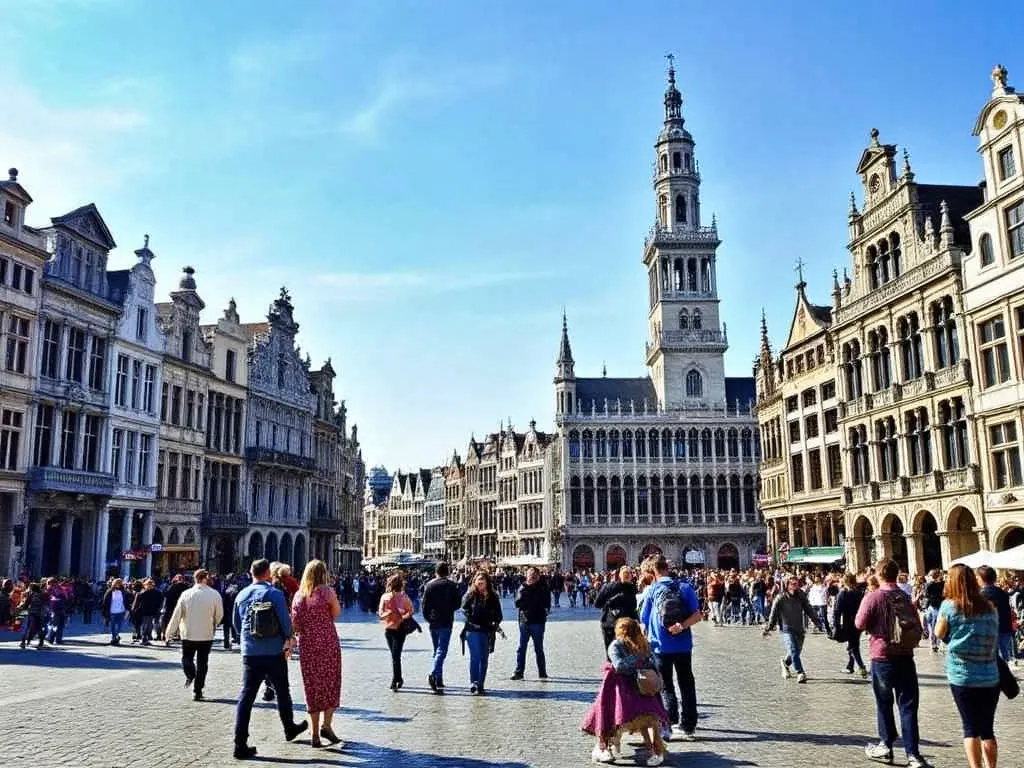
Brussels, the capital city of Belgium, stands as a vibrant metropolis at the heart of Europe. As the de facto capital of the European Union, Brussels plays a pivotal role in European politics and international affairs. This cosmopolitan city seamlessly blends historical charm with modern dynamism, offering a unique blend of culture, cuisine, and architectural marvels.
Brussels Information
| Country | 🇧🇪 Belgium |
| City Population | approximately 1.2 million (metropolitan area) |
| City Coordinates | 50°51'N 4°21'E |
| City Area | 162.4 km² (62.7 sq mi) |
| Climate | Oceanic climate (Cfb) |
| Language | French and Dutch (officially bilingual) |
| Currency | Euro (€) |
| Time zone | CET (UTC+1), CEST (UTC+2) |
| Proximity to other major cities | Antwerp (45 km), Paris (305 km), Amsterdam (210 km) |
Interesting Facts about Brussels
- Brussels is famous for its Manneken Pis, a small bronze fountain sculpture depicting a naked boy urinating.
- The city's iconic Atomium structure, built for the 1958 Brussels World's Fair, represents an iron crystal magnified 165 billion times.
- Brussels Airport is the world's largest chocolate selling point, reflecting Belgium's reputation for fine chocolates.
- The Grand Place, Brussels' central square, is considered one of the most beautiful in Europe and is a UNESCO World Heritage site.
- Brussels sprouts are believed to have been cultivated in Belgium as early as the 13th century, hence their name.
Tourist Attractions in Brussels
- Grand Place (Grote Markt): The central square surrounded by opulent guildhalls and the town hall.
- Royal Palace of Brussels: The official palace of the Belgian monarch, open to the public during summer months.
- Atomium: A landmark building in the shape of a unit cell of an iron crystal, offering panoramic views of the city.
- European Quarter: Home to major EU institutions, including the European Parliament and European Commission.
- Comic Strip Center: A museum dedicated to the history of Belgian comics.
- Cinquantenaire Park: A large urban park featuring triumphal arch and several museums.
- Saint-Michel Cathedral: A historic Gothic cathedral dating back to the 13th century.
- Magritte Museum: Dedicated to the works of surrealist artist René Magritte.
Historical Background of Brussels
Brussels' history dates back to the 6th century when Saint Gaugericus built a chapel on an island in the Senne River. The city grew steadily, becoming an important trading post during the Middle Ages. In the 15th century, Brussels became the capital of the Burgundian Netherlands and later flourished as a center of tapestry production. The city's prominence continued through various historical periods, including Spanish and Austrian rule, the Belgian Revolution, and two World Wars. Post-World War II, Brussels emerged as a key player in European integration, hosting major EU institutions.
Geographical Location of Brussels
Brussels is situated in central Belgium, about 50 kilometers south of the North Sea coast. The city lies in a relatively flat area known as the Brussels Basin, part of the larger Anglo-Belgian Basin. The Senne River, now largely covered, runs through the city. Brussels' strategic location at the crossroads of Western Europe has contributed significantly to its political and economic importance throughout history.
Cultural Significance of Brussels
Brussels is a melting pot of cultures, reflecting its status as an international hub. The city boasts a rich artistic heritage, from the Flemish masters to surrealist icon René Magritte. Its cultural landscape is dotted with world-class museums, theaters, and concert halls. Brussels is also famous for its comic strip culture, being the birthplace of characters like Tintin and the Smurfs. The city's culinary scene is renowned, offering everything from fine dining to street foods like Belgian waffles and frites.
Economic Importance of Brussels
As the political and administrative center of the EU, Brussels holds immense economic significance. The presence of EU institutions, NATO headquarters, and numerous international organizations has turned the city into a global political capital. This status attracts a multitude of diplomatic missions, media outlets, and multinational corporations. Brussels is also a major financial center and hosts the headquarters of many Belgian companies. The service sector, including administration, tourism, and banking, dominates the local economy.
Conclusion on Brussels
Brussels, with its rich history, diverse culture, and international significance, stands as a microcosm of European unity and progress. As the beating heart of the European Union, it continues to shape continental politics and global affairs. Yet, beyond its administrative role, Brussels charms visitors with its architectural beauty, culinary delights, and vibrant arts scene. From its medieval core to its modern European district, Brussels offers a unique blend of tradition and innovation, making it a captivating destination for tourists and a dynamic home for its residents.
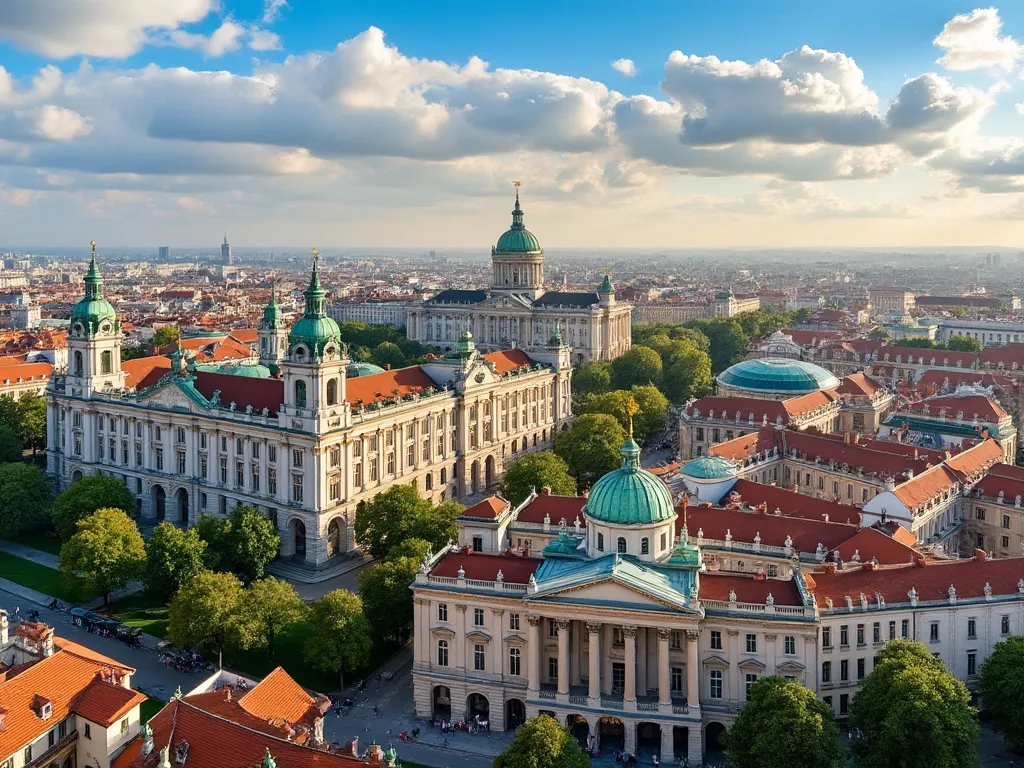 Bucharest
Bucharest
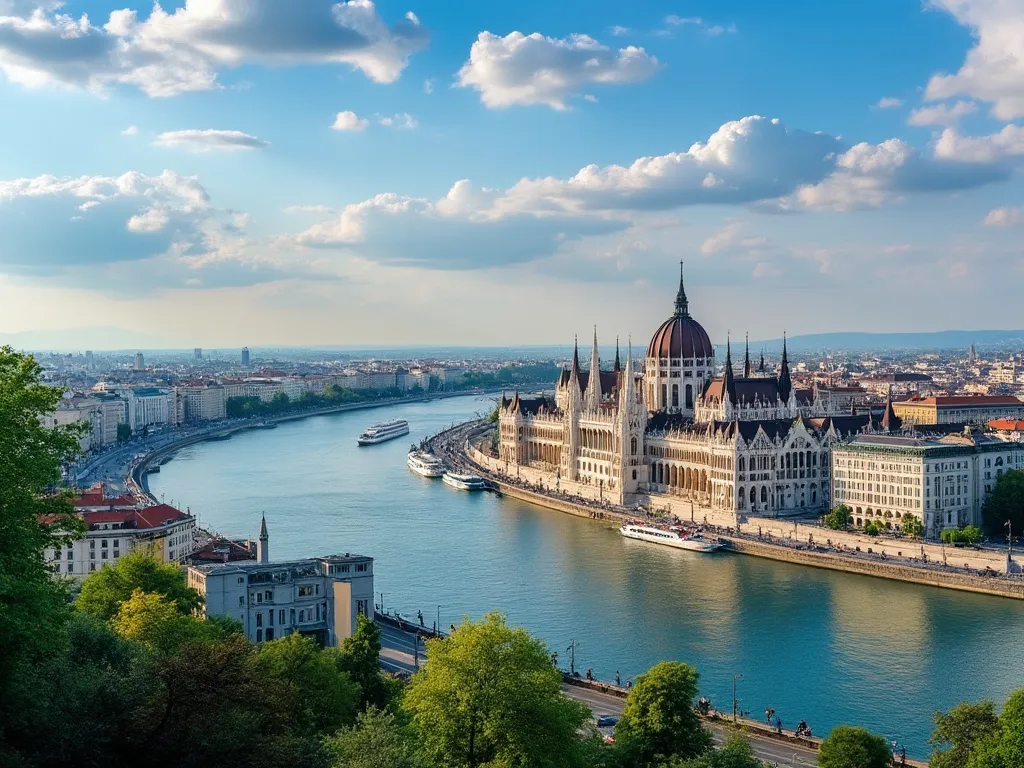 Budapest
Budapest
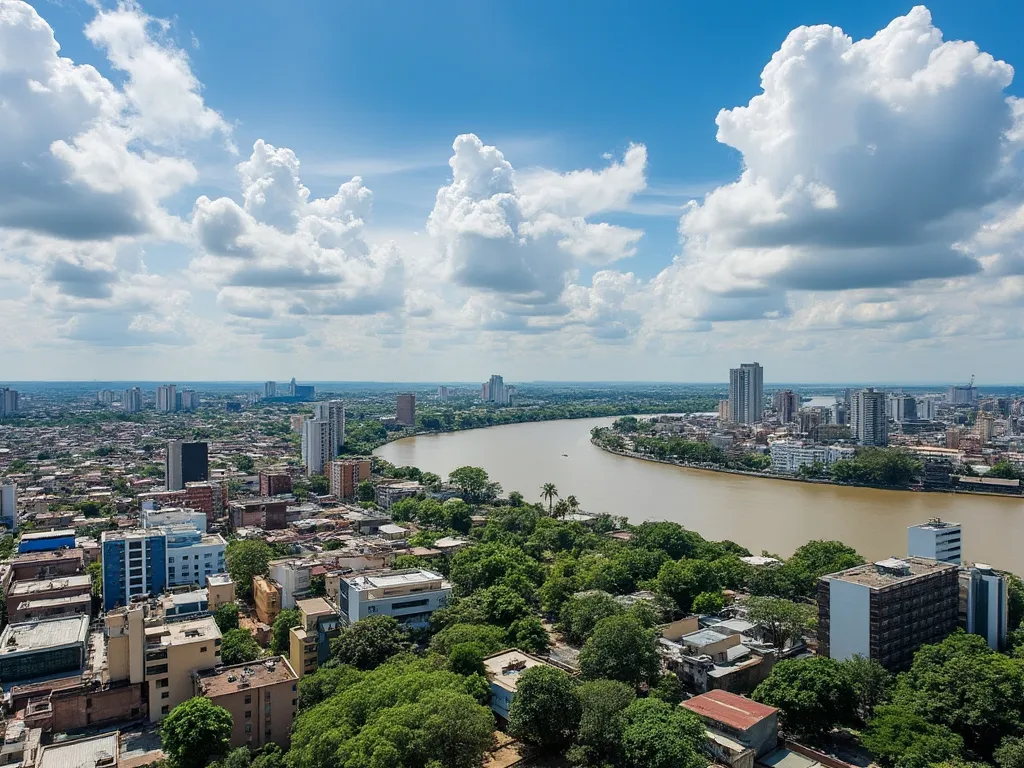 Brazzaville
Brazzaville
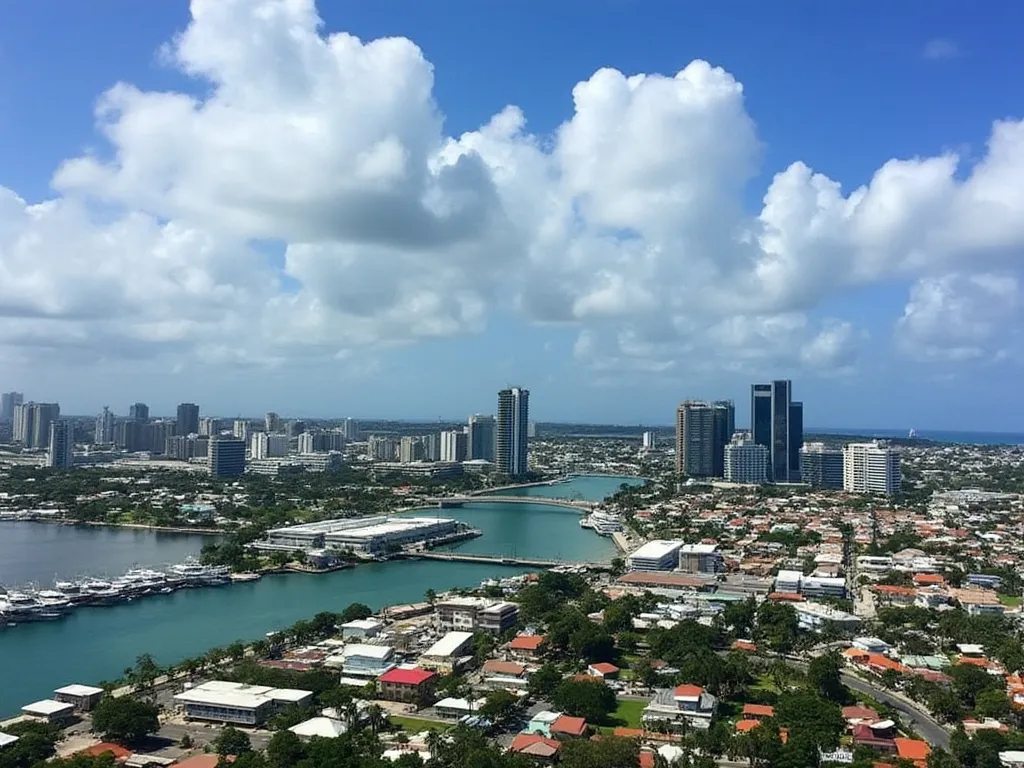 Bridgetown
Bridgetown